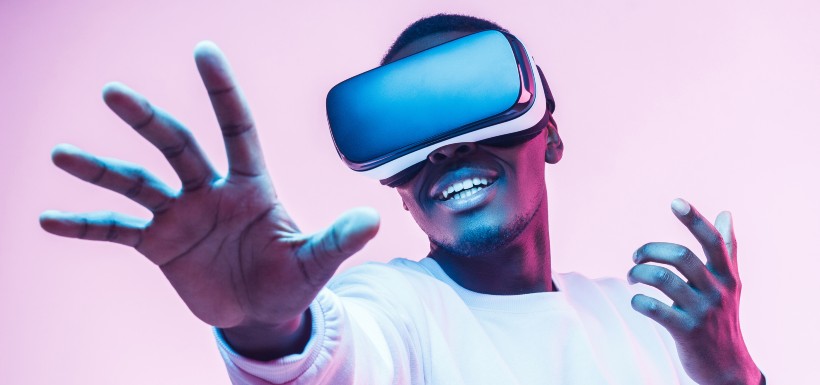Virtual and Augmented Reality Dangers
ANSES monitors virtual reality and augmented reality, like other new digital technologies, closely in order to assess their effects on health, in the short, medium and long term. In fact, the dangers of virtual and augmented reality are very real. Recently, ANSES published the results of a new experiment in virtual and augmented reality.
To access these new environments, the user can use different devices: helmets, glasses, smartphones, tablets, diving suits, etc. in their professional and personal environment. Several key points emerged from the results of this survey:
- Men are the first users (57%);
- average session duration exceeds 1 hour;
- Users most often come from higher socio-professional groups (43%);
- The smartphone is the most widely used equipment;
- The average age of users is 40 years.
Kids can use these two types of reality too, usually between the ages of 12-13, and boys often use them. The dangers of virtual and augmented reality also exist for children.
Virtual reality or augmented reality?
New digital technologies are constantly evolving, with an increasing number of applications in everyday life:
- health and care;
- training in certain professions (medicine, aviation, etc.);
- real estate (virtual merchandise tour);
- culture (virtual visit to museums);
- Security ;
- Interests ;
- etc.
Among these new technologies are virtual reality and augmented reality, two technologies that can be confused. Virtual Reality immerses the user in a complete immersion in a virtual world, entirely created by the computer. Augmented reality is based on the real environment of the user, but the latter can add imaginary elements to it, for example configuring the layout of his new living room in an already existing room.
Some recommendations for use
ANSES is also concerned with the short-term health effects of these two types of reality. Noticeable, but still limited and reversible effects were observed: sensory and motor disturbances, nausea, dizziness, sweating, pallor, loss of balance. Signs gather specialists under a certain name, Electronic Kinetics. Other disorders identified after virtual reality or augmented reality sessions:
- sleep disturbances associated with LED light from screens, when sessions are held late in the evening or at night;
- Epileptic seizures in subjects prone to convulsions.
Finally, the medium and long-term effects need further study, as they are still not well documented.
In the face of the health risks of virtual and augmented reality, ANSES . formulated Some recommendations for their use:
- discontinue sessions as soon as signs of electronic kinetics appear;
- Rest for one to two hours after the session;
- avoid sessions from the end of the afternoon so as not to disturb the circadian rhythms and sleep;
- Limit or avoid sessions for sensitive people (people with epilepsy, pregnant women, people with migraines or motion sickness).
Source: The dangers of virtual or augmented reality: Internet mobility













